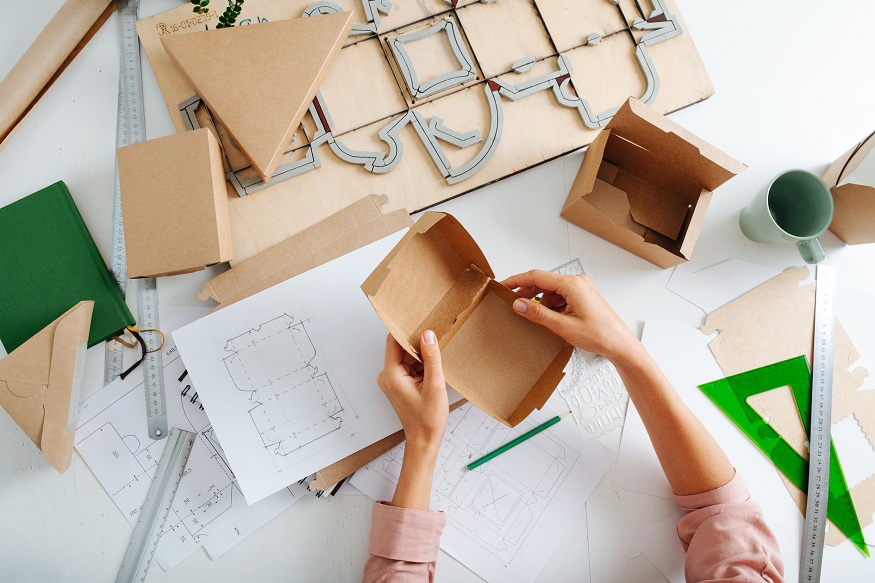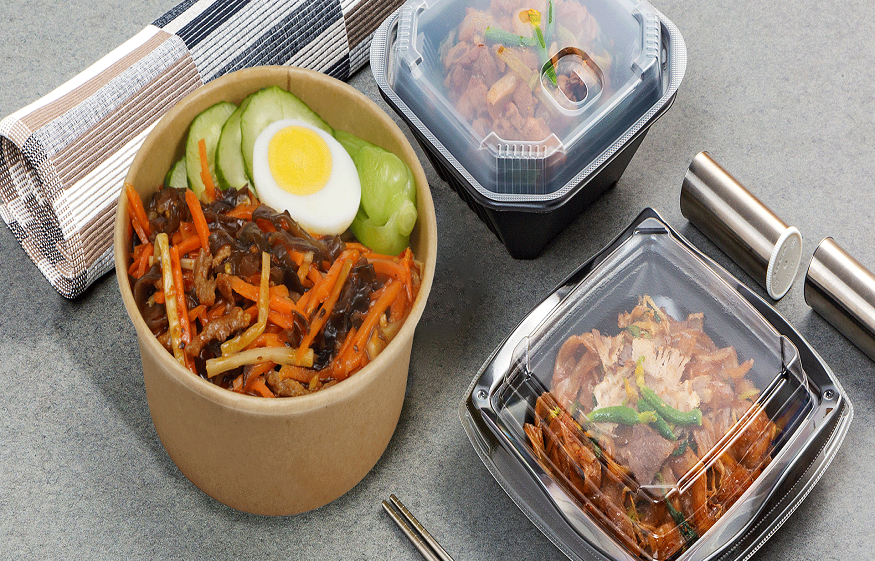Product packaging plays a huge role in global waste issues. Packaging represents about 65% of all household trash. Much of this ends up in landfills, waterways and green spaces after single uses. Nonetheless, smart packaging innovations aim to curb waste moving forward. Companies now design packaging to use fewer raw materials, incorporate recycled content, and biodegrade safely after use. These moves promise a cleaner future as better solutions scale up. There is increased motivation throughout the packaging industry to develop more sustainable options that are kinder to the planet. Finding ways to protect products while preventing unnecessary waste aligns both environmental and business interests.
Optimizing Material and Energy Use
The greenest packaging uses the least amount of material and energy possible while protecting contents. Companies now regularly analyze packaging components and manufacturing footprints looking for savings opportunities. Adjusting transport box and pallet sizes maximizes shipping efficiency. Altering bottle or closure dimensions slightly can significantly drop plastic demands. Identifying ways to incorporate more recycled content or bio-based materials further diminishes impacts.
Brands also seek opportunities to remove excess layers like secondary cartons or shrink wrap. However, this requires ensuring primary packaging provides sufficient protection alone. Likewise, concentrating or compacting products lets manufacturers use smaller containers without decreasing actual contents. But this only applies for stable items unlikely to degrade during transport and storage. Collaboration between supply chain experts, designers and packaging engineers makes optimized solutions feasible.
Encouraging Post-Use Recovery
Creating recyclable or compostable packaging promotes product and material recovery rather than waste. Most paper, metal, glass and cardboard packaging happily finds recycling streams today. Improving residential and commercial collection schemes keeps lifting recovery rates. Nevertheless, expanding recycling and composting systems to common flexible plastics like bags, pouches and films proves more difficult. These items often contain multiple materials bonded together, so separating different elements becomes complicated.
Some brands now use innovative biodegradable EPS packaging, made by a company like Epsilyte, as cushy alternatives. These foam-like materials offer protection, then break down to safe byproducts not microplastics. Biofoams being renewable and capturing atmospheric carbon are gaining appeal. But household and industrial composting facilities able to process the material need to become mainstream first. Until then, mechanical recycling of standard EPS remains an available option.
Evolving Consumer Views
Consumer opinions factor heavily in packaging decisions nowadays. Historically, flashy colored containers and plastic sealed goods indicated freshness and quality, but views are shifting, especially among eco-conscious demographics. Minimalist, functional and visibly sustainable packaging now signals conscientious quality for many buyers. Brands respond by ditching glossy coatings, tints, and excess design elements. Transparent containers provide content visibility while using less dye. Detachable handles double as promotional hang tags or even future products like shopping bags.
Consumers also show an interest in refilled, returnable, and self-dispensing packaging. These schemes provide hygiene and measurability benefits over traditional bulk options. Refilling pouches at stores cuts single-use waste. Returnable bottles exemplify classic milk man model circularity and self-dispensing stands let shoppers reuse containers with digital tracking. Early data indicates customers connect such innovations to quality brands despite initial inconveniences. Sustainability as an indication of premium product allures both brands and buyers.
Conclusion
Smarter packaging offers many environmental and business advantages as mentalities mature. Optimizing material and energy usages through collaborations between designers and engineers ensures efficient protection. Expanding recycling and composting schemes to more packaging types raises recovery rates and savvy brands attract positive attention by responding to customer demands for minimalism and sustainability. Signs indicate preference for recycled content, renewability, reusability and material safety will only grow. Packaging is beginning to futureproof business models while reducing waste footprints.





